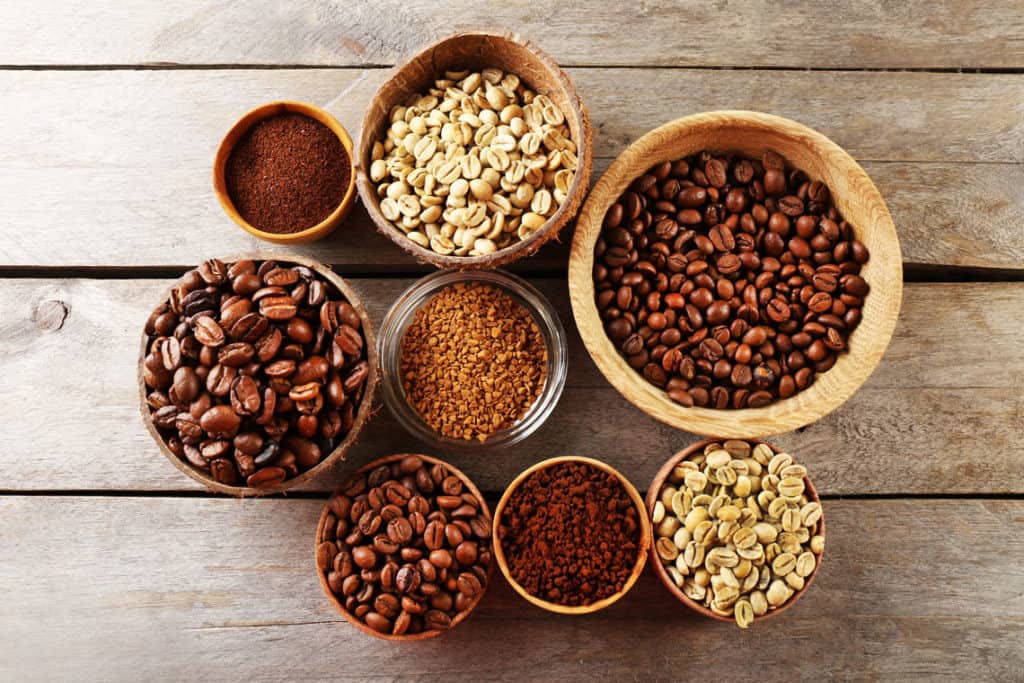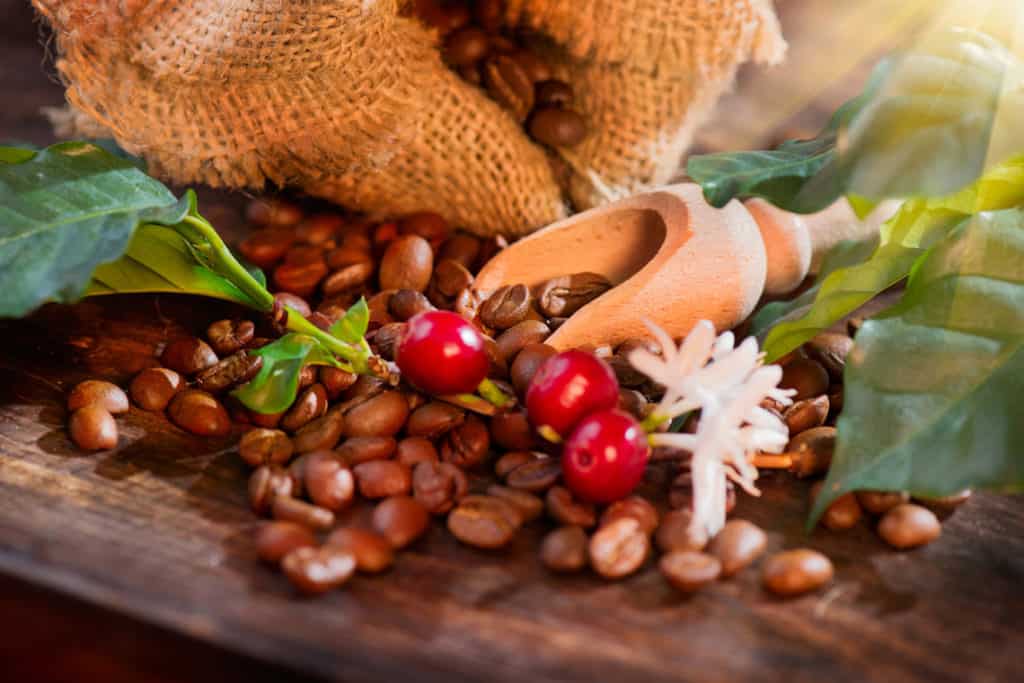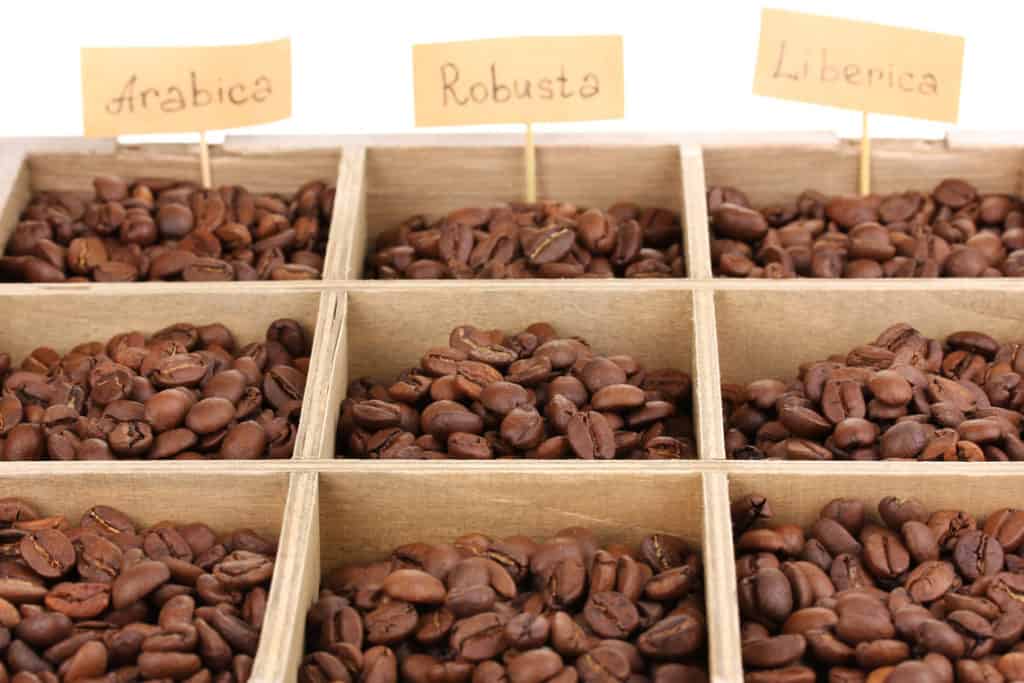Are you a coffee enthusiast looking to delve into the world of coffee roasting? Or perhaps you’re a beginner who wants to understand more about the different roast levels of coffee beans? Look no further! In this article, we’ll take a look into the fascinating realm of coffee bean roast levels and explore how they impact the flavor, aroma, body, and acidity of your beloved cup of joe.
What is the Difference Between Roast Level and Roast Profile?
Before we embark on our journey through the various roast levels, we need to clarify the distinction between roast level and roast profile. These are two terms that are often used interchangeably in the coffee industry, but they actually refer to different aspects of the roasting process.
Roast level describes the degree of darkness or lightness of the roasted coffee beans, while roast profile describes the curve of temperature and time that the beans undergo during roasting.
Roast level is usually measured by color, surface oiliness, or weight loss of the beans. The darker the roast, the more oil and weight the beans lose, and the more bitter and less acidic they become.
Roast level affects the flavor, aroma, body, and caffeine content of the coffee. Some common roast levels are light, medium, dark, and very dark.
Roast profile is determined by how the roaster controls the heat and airflow during roasting. The roaster can manipulate the rate of rise (how fast or slow the temperature increases), the development time (how long the beans stay at high temperatures), and the end temperature (when the roasting is stopped) to create different roast profiles.
Roast profile affects how the beans develop their flavor characteristics and how they react to brewing methods. Some common roast profile types are fast, slow, high-drop, low-drop, and ramp-up.
Roast level and roast profile are both important factors that influence the quality and taste of coffee. However, they are not independent of each other. Different roast levels require different roast profiles to achieve optimal results.
For example, a light roast may need a fast and high-drop profile to preserve the acidity and sweetness of the beans, while a dark roast may need a slow and low-drop profile to avoid burning and bitterness.
Therefore, roasters need to balance both roast level and roast profile to create delicious coffee.
Light Roast Coffee
Let’s begin with the light roast, which is known for its delicate and nuanced flavors. Light roast coffee beans have a light color, a lighter body, and higher acidity compared to their darker counterparts.
These roasts preserve the original flavor and aroma of the coffee beans, making them ideal for those who appreciate the distinct characteristics of different coffee varieties. Additionally, light roast coffees contain more caffeine than darker roasts, providing an extra kick to help jumpstart your day.
Some popular light roast categories include Light City, Half City, Cinnamon, and New England.
Medium Roast Coffee
Moving along the roast spectrum, we arrive at the medium roast. Medium roast coffee beans have a medium brown color and a dry surface. This roast level strikes a balance between the flavors of the coffee beans and the roasting process itself, resulting in a well-rounded cup with a balanced flavor and body.
Medium roast coffee is incredibly versatile and suitable for most brewing methods and preferences. It enhances the sweetness and complexity of the coffee beans while maintaining a lower acidity compared to light roasts.
Popular medium roast categories include Regular Roast, City Roast, American Roast, and Breakfast Roast.
Medium-Dark Roast Coffee
As we venture further into the depths of coffee roasting, we encounter the medium-dark roast. These beans have a darker color and may exhibit some oil on their surface.
Medium-dark roast coffee boasts a heavier body and can possess a spicy or bittersweet flavor profile. This roast level is particularly favored for espresso and other pressure-based brewing methods, as it produces a rich and full-bodied cup.
Notable medium-dark roast categories include Full City, Vienna, and Light French.
Dark Roast Coffee
Finally, we arrive at the dark roast, the boldest and most robust of them all. Dark roast coffee beans are characterized by their very dark color and oily surface. They offer a bold flavor profile with significantly reduced acidity compared to lighter roasts.
Dark roast coffee is often associated with a strong and smoky cup that appeals to those who prefer a more intense flavor experience.
Popular dark roast categories include French Roast, Italian Roast, and Spanish Roast.
Some Controversies Regarding Coffee Bean Roast Levels?
While the world of coffee roast levels may seem straightforward, there are some controversies worth exploring. One such controversy revolves around the effect of roast level on caffeine and chlorogenic acid concentrations. Different studies have yielded conflicting results, with some suggesting that lighter roasts contain more caffeine, while others propose the opposite.
Similarly, the relationship between roast level and acidity is not solely determined by the roasting process. Factors such as coffee variety, origin, and processing methods also influence the final acidity of the brew.
Furthermore, the impact of roast level on flavor development and quality control poses challenges for both roasters and consumers, as achieving consistency across different batches can be tricky.
How to Choose the Best Roast Level for Your Taste and Brewing Method?
Now that you’re acquainted with the various roast levels, you might be wondering how to select the perfect roast for your taste buds and preferred brewing method. Here are some tips to guide you:
- Know your preferences: Experiment with different roast levels to identify your personal preference. Pay attention to flavor notes and intensity to find your ideal cup of coffee.
- Consider your brewing method: Different brewing methods extract flavors differently, so consider matching the roast level with your preferred brewing method. For example, light roasts are often preferred for pour-over or drip filter methods, while medium roasts shine in a French press or AeroPress. Dark roasts are typically favored for espresso or moka pot brewing.
- Adjust your variables: Fine-tune your brewing variables, such as grind size, water temperature, and extraction time, to complement the chosen roast level. This can further enhance the flavor profile and overall experience.
Conclusion
Understanding coffee bean roast levels is essential for every coffee enthusiast and aspiring home roaster. Whether you’re captivated by the delicate flavors of a light roast, the balanced complexity of a medium roast, or the bold intensity of a dark roast, there’s a roast level that suits your palate.
Remember to experiment, explore, and savor the journey as you embark on your coffee-roasting adventures. Cheers to discovering the perfect cup of coffee!
Last Updated on June 2, 2023 by Cristina Vélez




